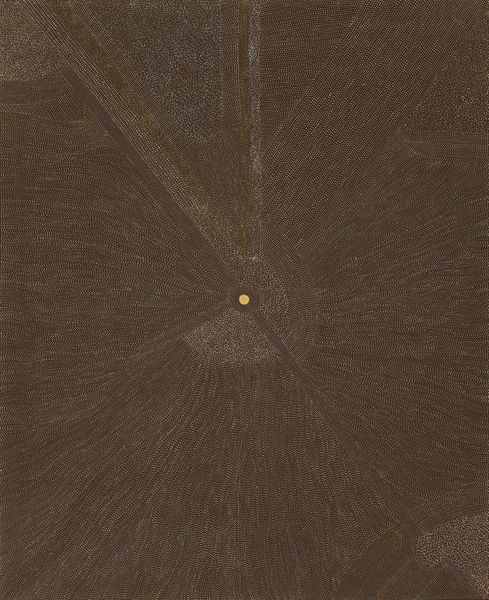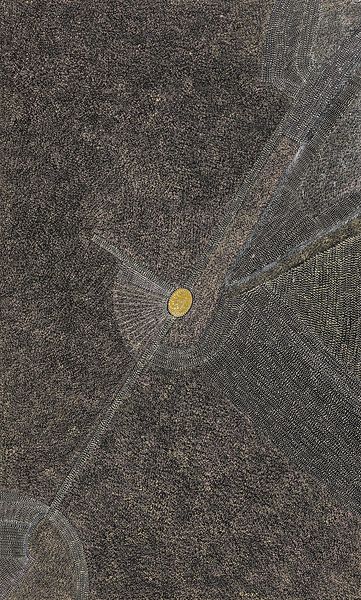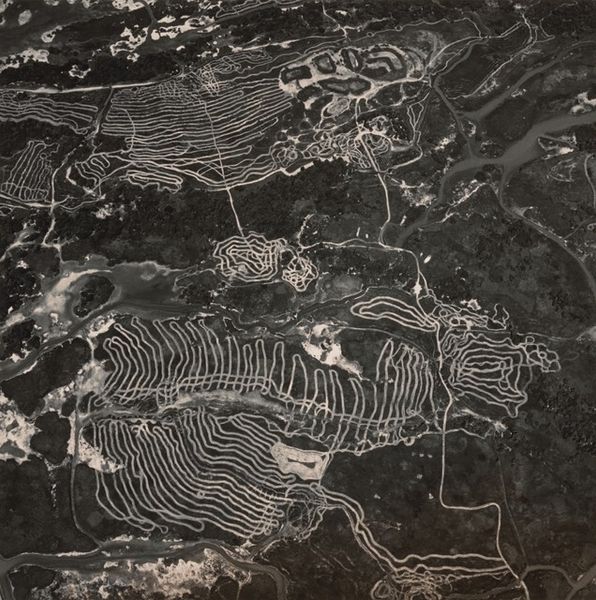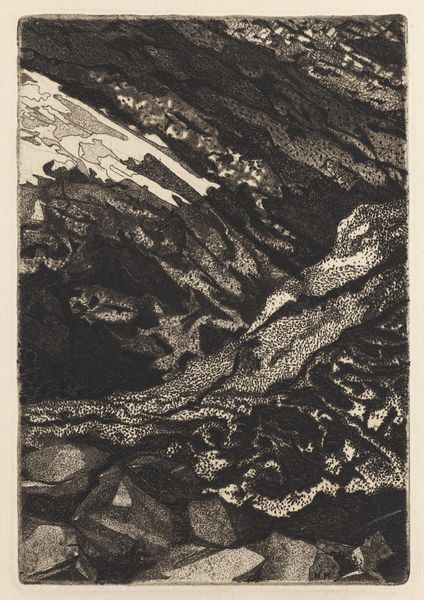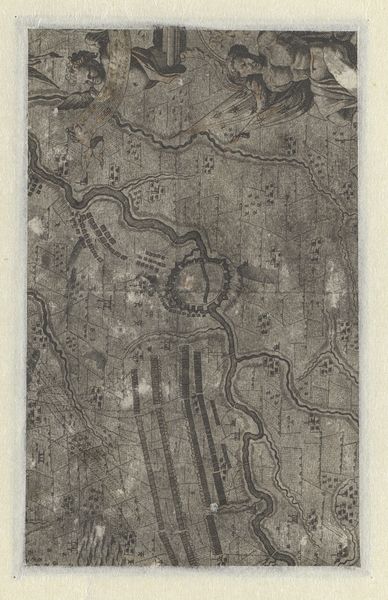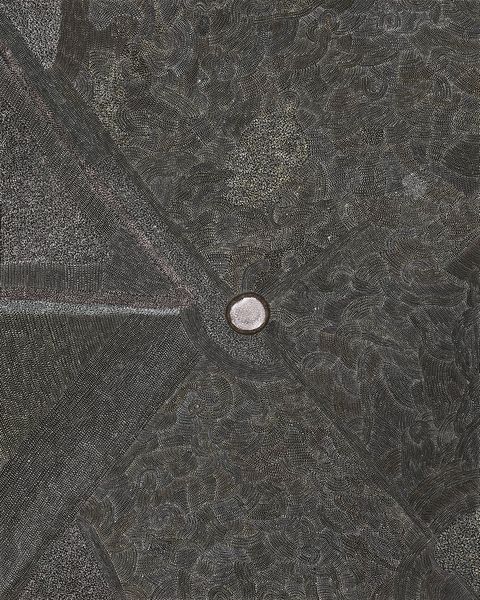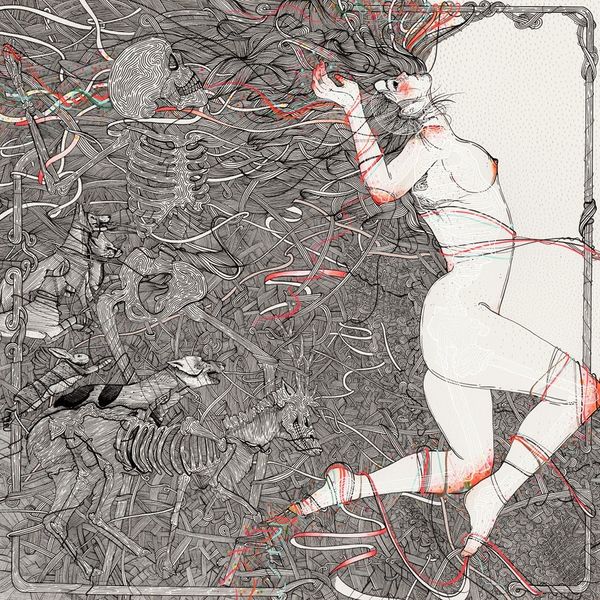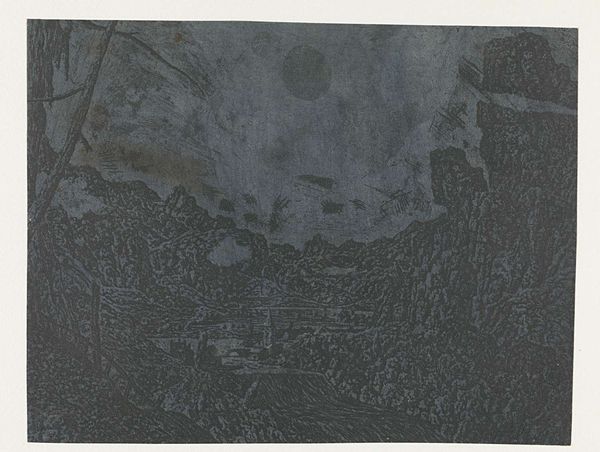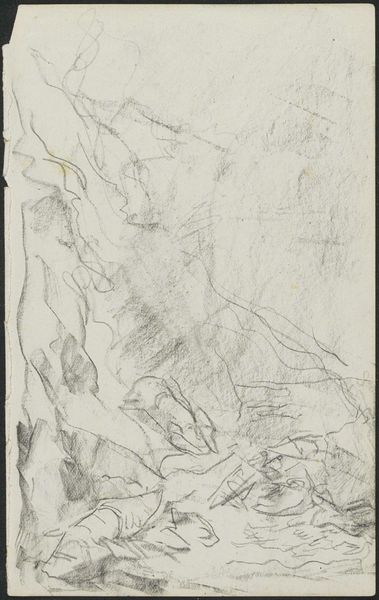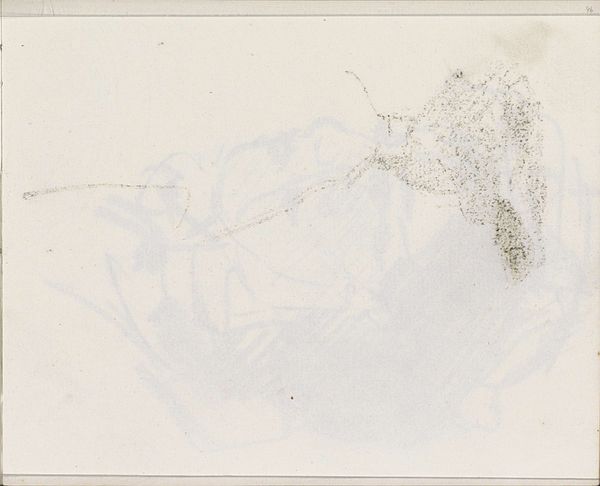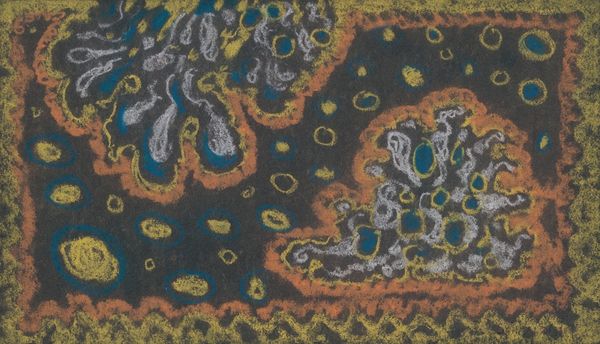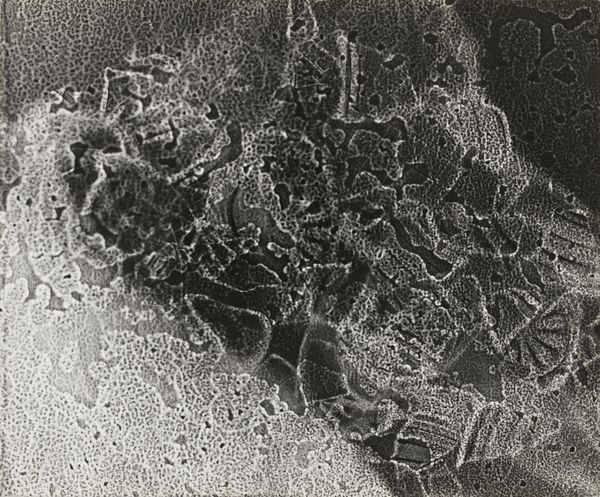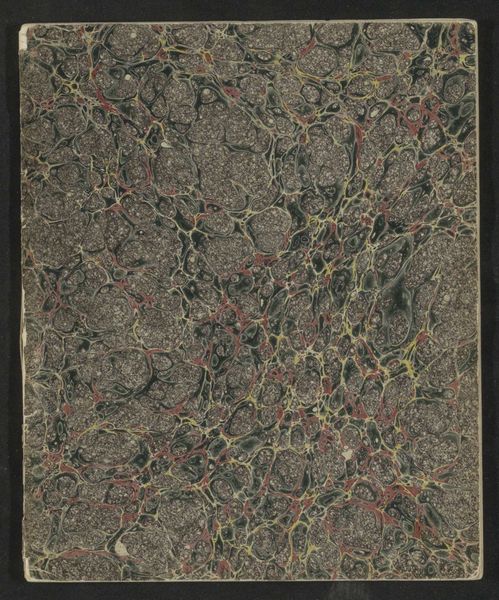
painting
#
abstract expressionism
#
organic
#
painting
#
abstraction
Copyright: Abie Loy Kemarre,Fair Use
Curator: We're looking at "Bush Hen Dreaming," a 1999 acrylic on canvas by Abie Loy Kemarre, an Anmatyerre artist from the Utopia region in Australia's Northern Territory. Editor: It feels almost geological at first glance, like looking at an aerial view of a desert landscape scored with dry riverbeds. But there's also something hypnotic in the details. Curator: Abie Loy Kemarre is known for her meticulous dot-painting technique. "Bush Hen Dreaming" is part of a tradition representing the artist's connection to her ancestral lands and stories. These paintings often map out specific locations and the journeys of ancestral beings. The paintings become active sites of knowledge production, transferring ancient ecological, social, and mythological knowledge. Editor: The "Dreaming" concept is key, isn't it? It represents this complex web of relationships. What exactly is a Bush Hen? Curator: It is a significant bird species in the desert ecosystem, of course, but is is more than just ornithological reality. For the Anmatyerre people, it is intimately associated with specific ancestral narratives, songs, and dances. In the artwork the geometric lines of connection, and fields of dots map the travels of the bush hen and, at the same time, describe land and knowledge systems. These ancestral routes also represent rights and responsibilities in regard to land. Editor: This work seems to be walking a fascinating line between abstraction and figuration. It embodies the Indigenous perspective on the land; I find it significant that something resembling what Western audiences expect from 'modern art' contains powerful traditional meaning. Curator: Yes, it powerfully challenges that Western narrative of art historical progress. "Bush Hen Dreaming" actively collapses those categories, revealing how Indigenous art is not simply 'traditional,' but deeply contemporary. It represents and enacts continual cultural expression in an art world that often overlooks Indigenous innovation. It is an active demonstration. Editor: It definitely forces us to reconsider art-historical conventions and power dynamics embedded within those conventions, something essential. It opens dialogues beyond aesthetic appeal. Curator: Precisely, looking at the work you start to question, not just "what do I see?", but, "what don’t I know?" Editor: Indeed, art as an entrypoint for a long path of listening.
Comments
No comments
Be the first to comment and join the conversation on the ultimate creative platform.
